Fast fashion and I are over. It’s been years in the making, but I’ve finally pulled the trigger.
The red flags were always there. He was cheap, inconsistent, and always fell apart when I needed him most. He promised me the world—new trends, low prices, instant gratification—but deep down, I knew it wouldn’t last.
And it didn’t.
I ignored the signs for too long, convincing myself that our relationship was harmless. But the truth? It was toxic.
Now, I’m moving on. I’ve found something better, more sustainable, you could say. This is completely different.
It’s intentional.
It’s thoughtful.
It’s built to last.
Not to mention cute.
Sustainable fashion isn’t a cheap date. There are no more impulse decisions. No more short-term flings.
This time around, I’m in it for the long haul.
Green flags and all.
The Problem With Fast Fashion
What is fast fashion, and how does it affect me? And you.
According to earth.org, “fast fashion refers to cheaply produced and priced garments that copy the latest catwalk styles and get pumped quickly through stores in order to maximise on current trends.”
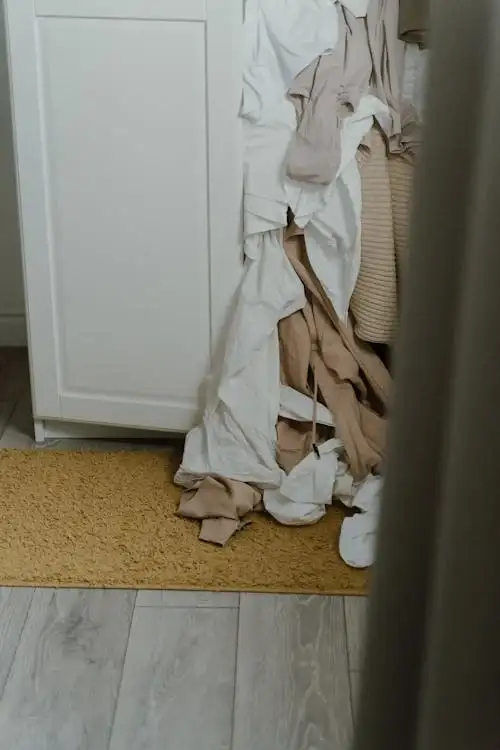
Every year, a staggering 100 billion pieces of clothing are produced—equivalent to nearly 14 items per person worldwide.
The UN Environment Programme reports that the fashion industry is the world’s second-largest water consumer and generates around 10% of global carbon emissions—that’s more than the combined impact of all international flights and maritime shipping.
Yeah, not cool, fast fashion. What are you doing? Also, why?
McKinsey reports that clothing production doubled between 2000 and 2014, with consumers now buying 60% more garments annually. Yet, these clothes are worn for only half as long as they were just 15 years ago.
Now, I’m the first to become nostalgic with flashbacks of flipping through fashion magazines in the 2000s, in my favourite blue jeans and white cotton t-shirt salivating over the likes of the “unnatainables” AKA Louis Vuitton and Gucci.
But have you noticed that there are no more cotton t-shirts that feel like cotton anymore? Walk into Zara, pick up a so-called "cotton" tee, and it’s still scratchy, stiff, and just… off.
It’s uncomfortable. Almost as though you’re being punished for purchasing from a brand that churns out 450 million products a year. By the brand itself. Lovely.
Zara's pioneering fast-fashion model reshaped consumer habits, yet its environmental and social repercussions are undeniable.
But that’s just one store in a sea of many.
The Human and Environmental Cost
It's not just the sheer volume of clothing; it's the materials and labor practices.
Fast fashion relies on cheap, synthetic fabrics from fossil fuels, contributing to microplastic pollution and slow decomposition.
Think polyester, nylon, acrylic.
And let's not forget the exploitation of garment workers, often in unsafe conditions for meager wages. The transparency so vital in a sustainable model is glaringly absent.
So, what do you do? Where are you even supposed to get your clothes from?
Discovering Sustainable Alternatives
Manuel Dreesmann
This realisation hit home recently when I discovered a small, independent atelier nestled in the heart of Barcelona's El Born district. Founded by Manuel Dreesmann, this brand is a testament to artisan craftsmanship and conscious consumption.
Atelier Madre sources premium, primarily local materials, ensuring minimal environmental impact.
Their commitment to vegetable-tanned, full-grain leather from a local Barcelona tannery speaks volumes about their dedication to quality and sustainability.
Take their stunning Saka bag, for instance. Crafted from this exceptional leather, it's a tangible representation of their ethos.
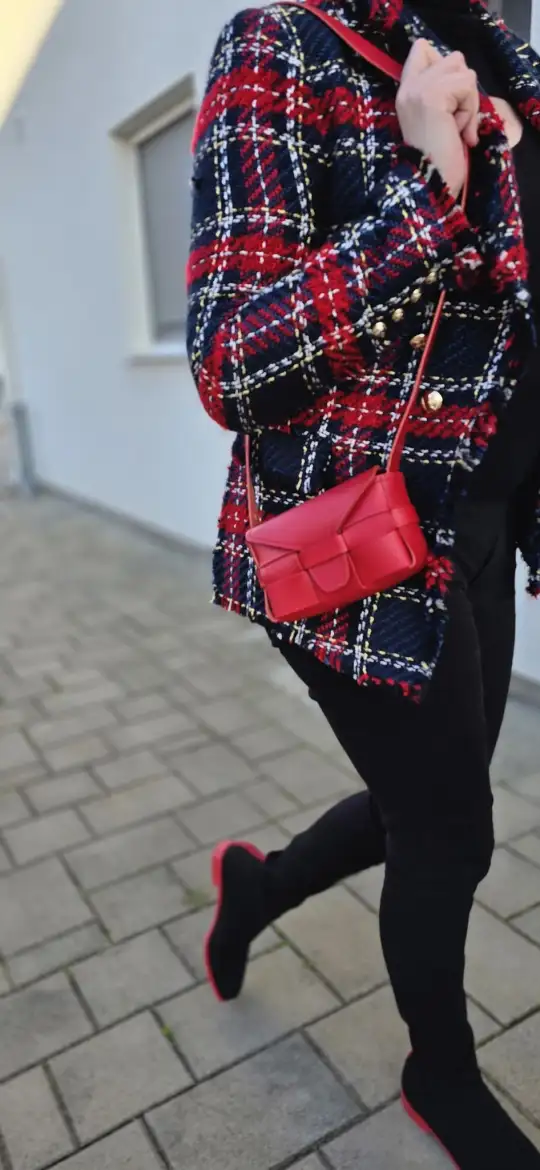
The bag isn't just beautiful; it's built to last, designed to age with pride—a stark contrast to the disposable nature of fast fashion.
Knowing it was handcrafted by skilled artisans in Barcelona, paid fairly, adds an immeasurable layer of value.
Atelier Madre's approach goes beyond materials. They've eliminated middlemen, selling directly from their workbench to you, ensuring fair production and affordable prices.
Their design philosophy isn't driven by fleeting trends, but by a timeless blend of minimalistic German design and organic forms.
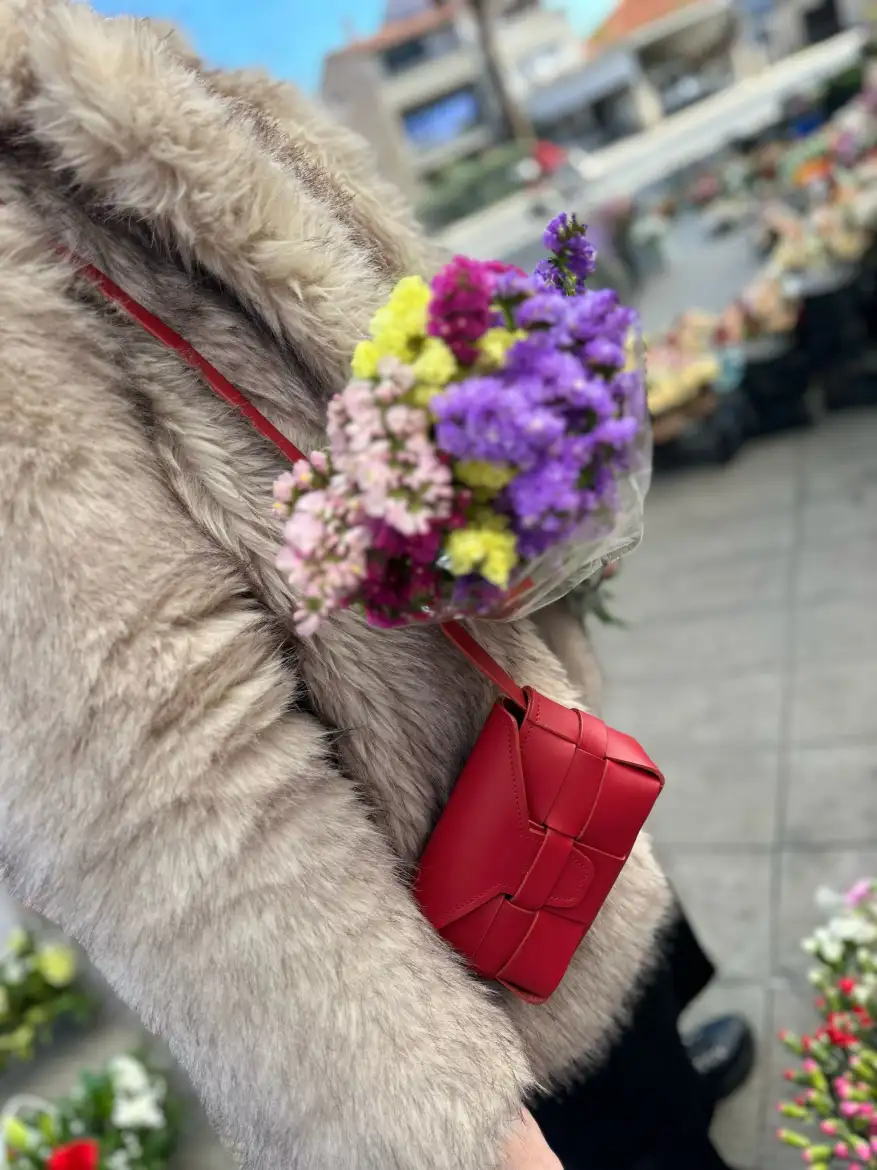
This intentionality, this thoughtful approach, is what makes them a true alternative to the fast fashion cycle.
Discovering Atelier Madre wasn't just finding a beautiful bag; it was finding a brand that aligns with my values.
It's about supporting local artisans, choosing sustainable materials, and embracing a buy less, buy better philosophy. It's about investing in pieces that tell a story, pieces that reflect a conscious and compassionate approach to style.
MINAMI
I recently had the pleasure of meeting the founder of sustainable fashion brand, MINAMI.
born from a desire to create comfortable, stylish, and sustainable clothes for their daughter Mina, this Croatian label champions slow fashion with heart.

Each piece is carefully made in small batches, often to order, using deadstock and natural fabrics that would otherwise go to waste.
What makes MINAMI special isn’t just their minimal, fluttery designs or their commitment to unseasonal fashion. It’s the integrity behind the process.
Founder Željka Šafran shared with us how small sustainable brands often struggle to source authentic, eco-conscious materials. Deadstock fabrics aren’t made to follow trends and are often limited in quantity, making consistency in production a challenge.
Add to that the higher costs of small-batch manufacturing, and it’s clear the path isn’t always easy.
But MINAMI is rising to meet these challenges with creativity and care.
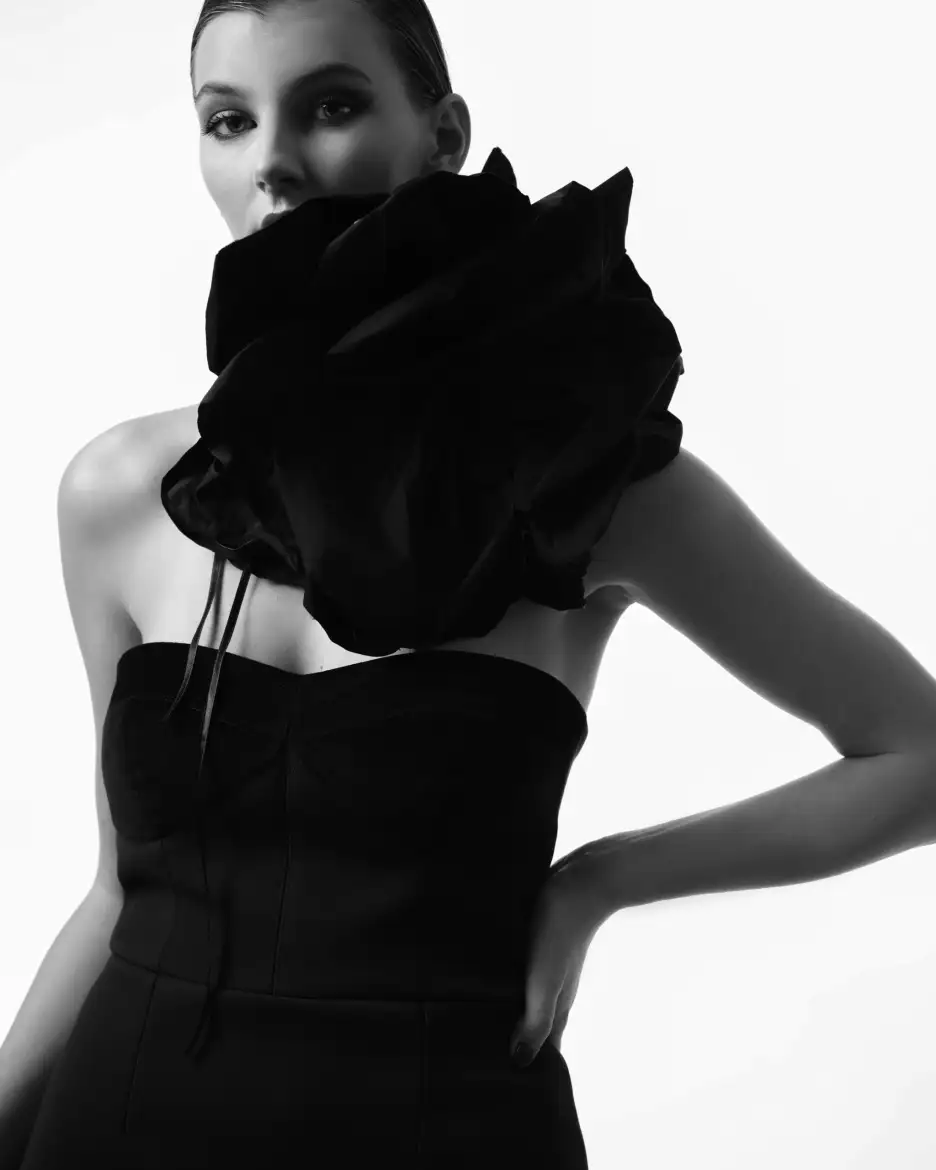
By partnering with local suppliers, they gain transparency, reduce waste, and increase quality—all while keeping their production flexible.
Željka’s passion shines through: despite the financial risks and logistical hurdles, Minami remains deeply committed to sustainability, constantly seeking innovative ways to grow without compromising on their values.
Facol Design
Some know it, some don’t—but “Facol” is a regional word for scarf, used by founder Melanie J. Damjanić’s grandmothers on the island where she grew up.
The name isn’t just a nod to heritage—it is heritage.
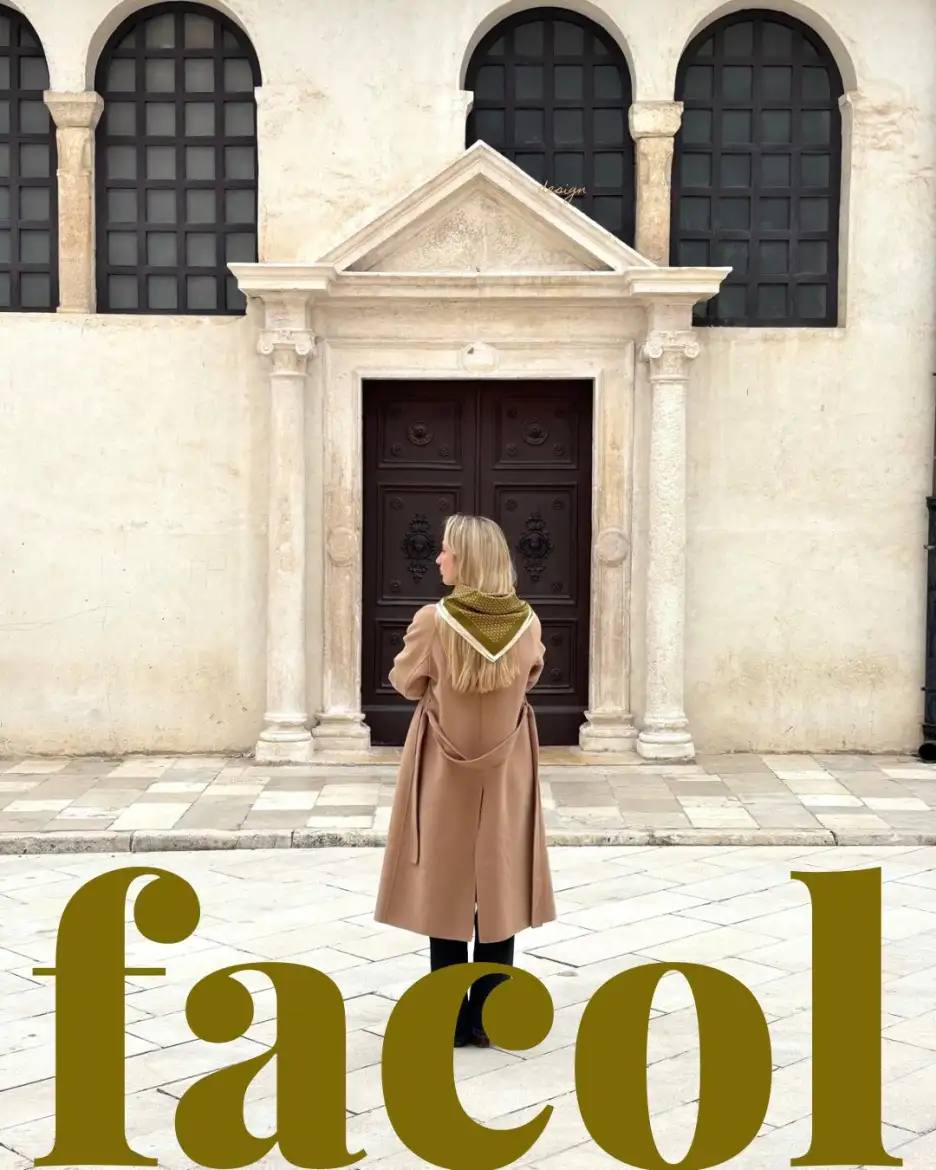
Facol Design is a silk scarf brand rooted in the tradition of Dalmatian headwear. Each piece blends vivid colors and feminine illustrations, creating a wearable tribute to the everyday elegance of generations past.
The scarves are made from mulberry silk—one of the most sustainable types of silk. It's biodegradable, requires less water than cotton, and when sourced responsibly, has a lower environmental impact.

Through each piece, Melanie brings regional culture to life in a fresh, artful way—ensuring that the everyday beauty of our grandmothers’ lives is never forgotten.
It’s not just fashion.
It’s storytelling, stitched in silk.
Chic IB
Every Chic IB bag tells a story—of craftsmanship, reinvention, and the sea.
Founded by Ivana Bičanić in Zadar, this brand creates elegant women’s handbags using nautical eco-leather: the same durable, sun- and water-resistant material used in luxury yacht interiors.
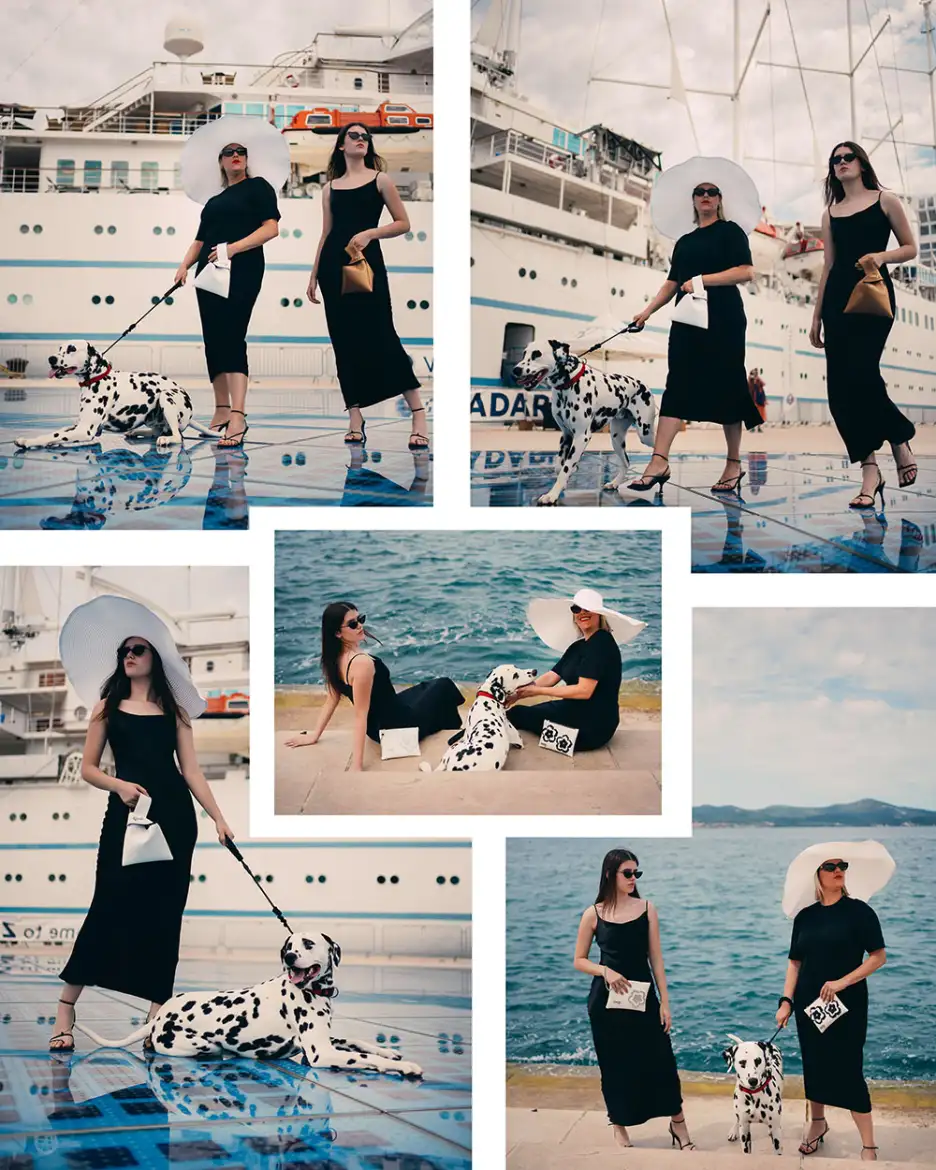
The leather is tough yet soft to the touch—built to last and beautifully refined.
Ivana’s journey is as remarkable as her designs. After years in the yachting industry abroad, she returned home to Croatia and took a bold leap into traditional craftsmanship. Each Chic IB piece is handmade by her, from idea to final stitch.
In a world of fast fashion and factory lines, her bags are a breath of fresh Adriatic air—slow, intentional, personal.
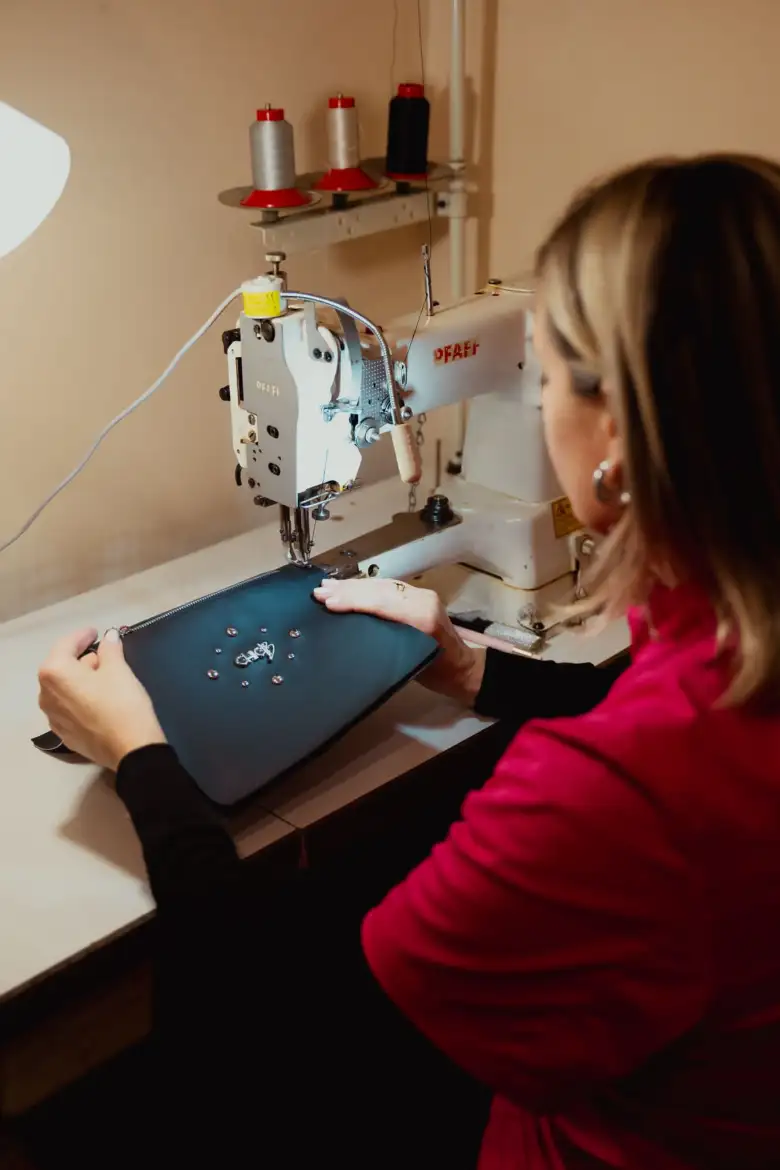
Customisation is at the heart of the brand: customers choose the shape and colour of their bag, and it’s crafted just for them—delivered in 10 days, initials included.
With a commitment to sustainable pricing and conscious consumption, Chic IB isn’t just about beautiful accessories.
It’s about returning to values that last.
Slow Fashion and Conscious Consumption
The shift isn't always easy.
Sustainable fashion often requires a higher upfront investment and a more mindful approach. But the long-term benefits are undeniable.
By choosing quality over quantity, we reduce waste, support ethical practices, and invest in pieces that last. It's about creating a circular economy.
So, how can you join the slow fashion movement?
Research Brands: Seek out brands committed to ethical sourcing and sustainable production.
Look for Certifications: Find certifications like GOTS (Global Organic Textile Standard) and Fair Trade.
Embrace Secondhand: Explore secondhand shopping and clothing swaps.
Learn to Repair and Upcycle: Give new life to your existing wardrobe.
Invest Wisely: Choose pieces that reflect your values and will stand the test of time.
A Sustainable Future: Choosing Compassion Over Convenience
Are you ready to break up with fast fashion and choose a more conscious and compassionate approach to style?
Our planet, and your wardrobe, will thank you.
